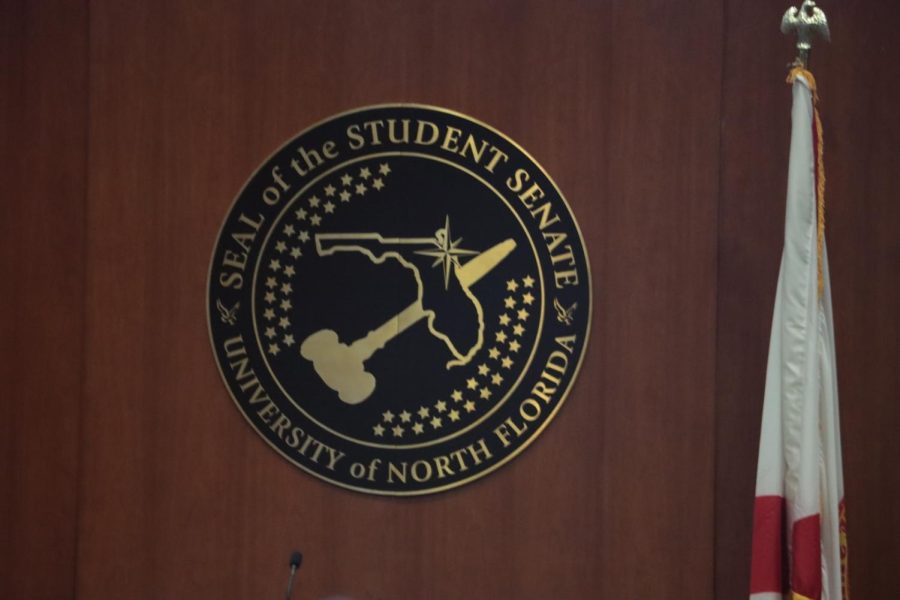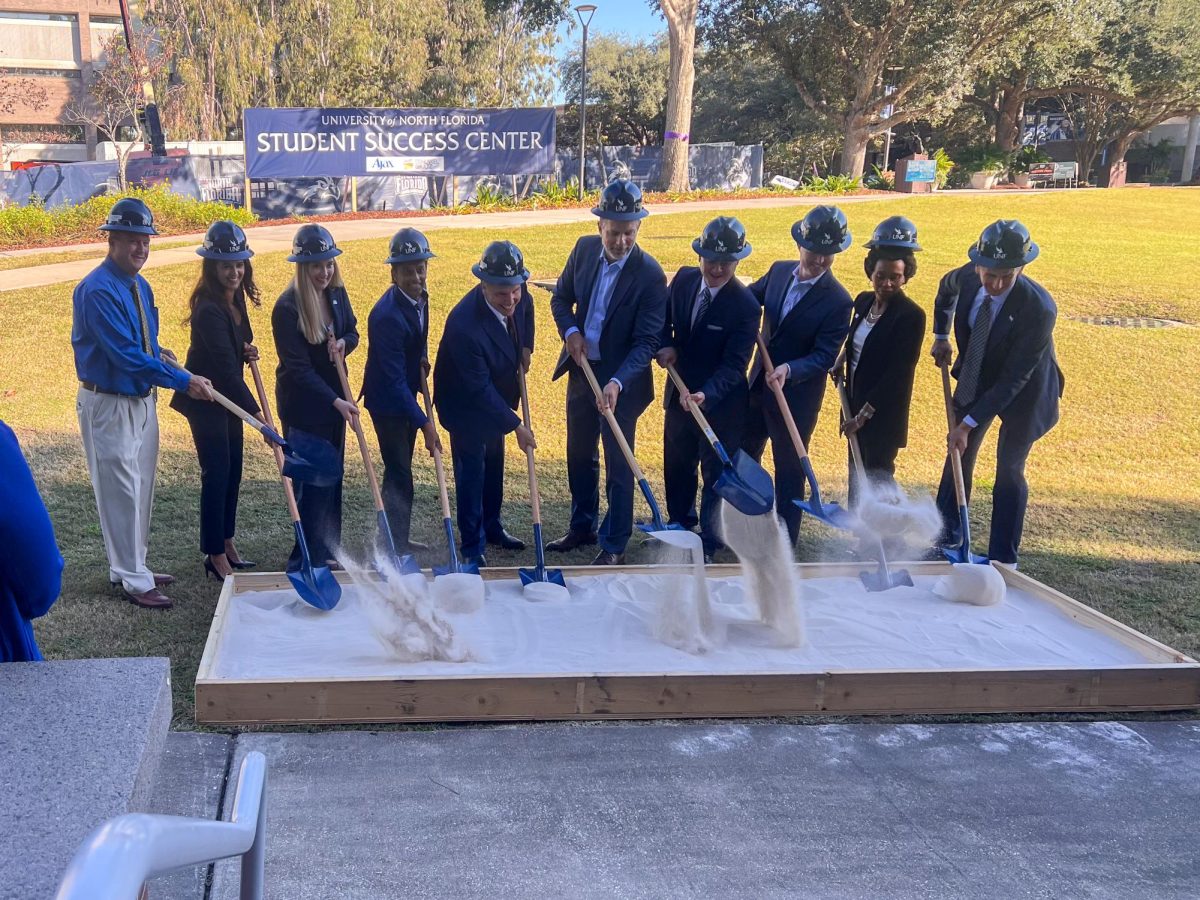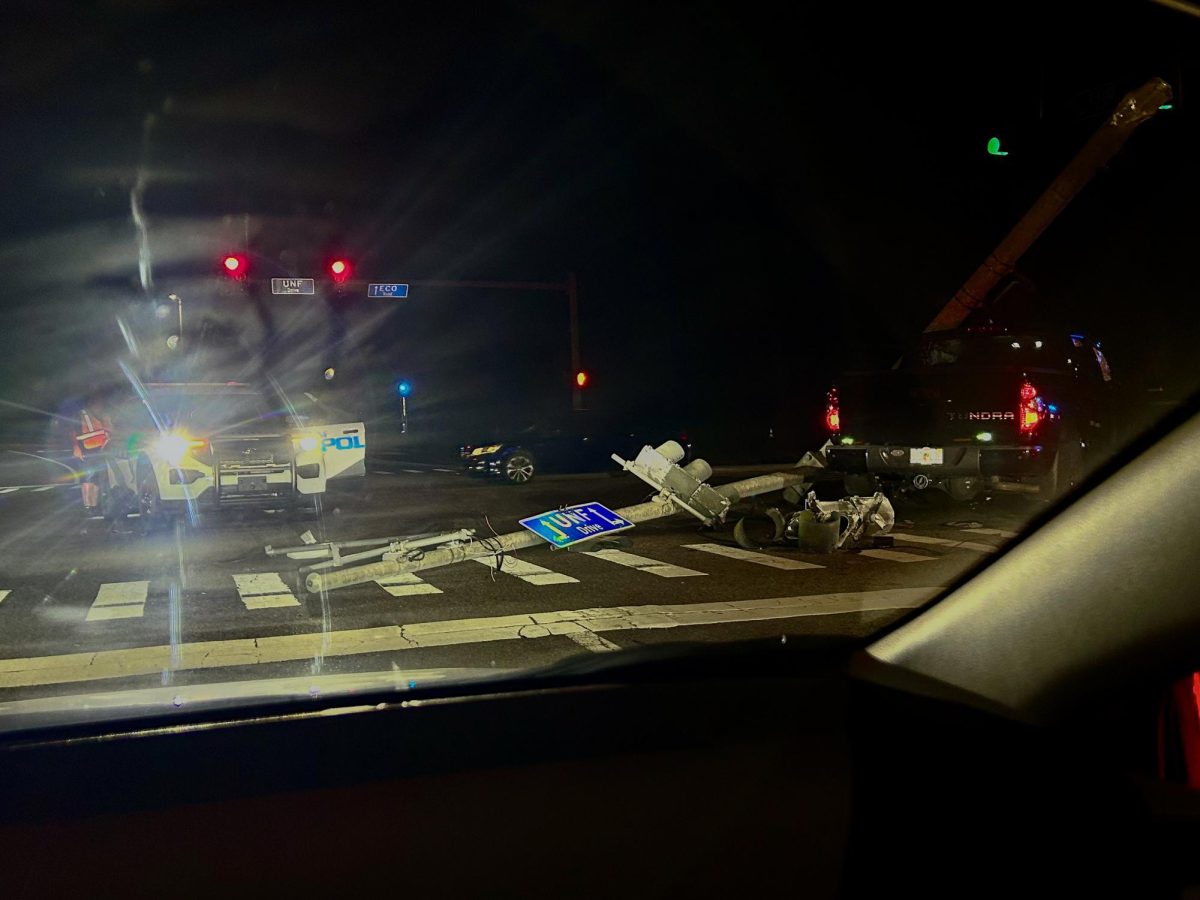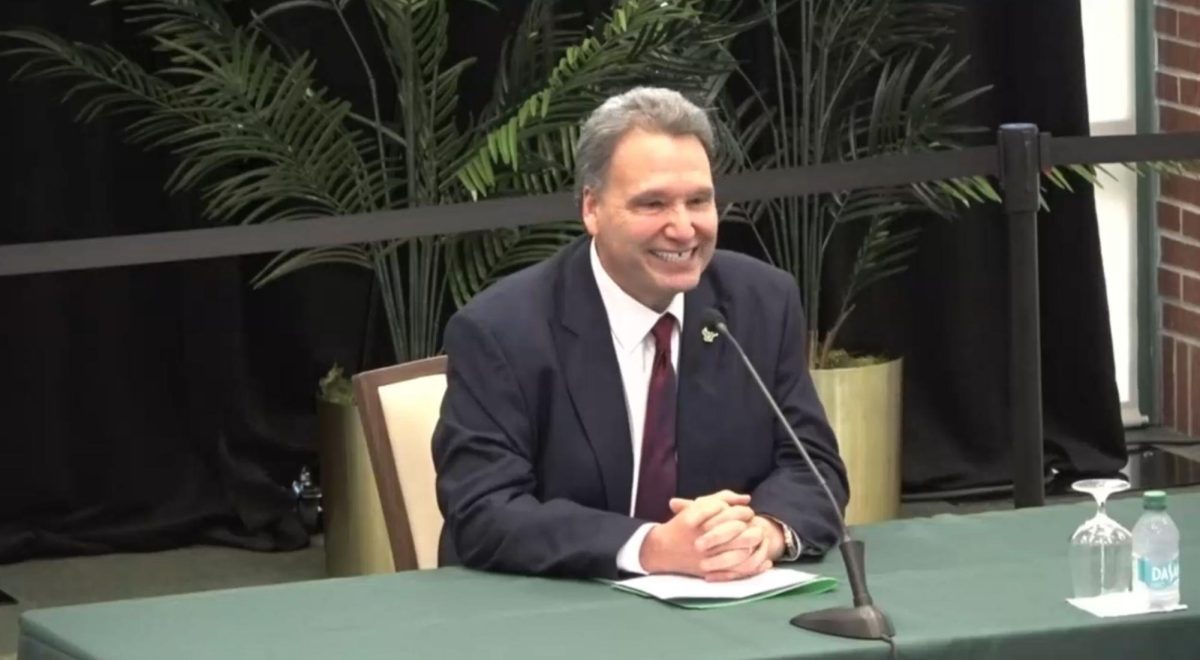It was about an hour past lunchtime June 1, when phones across the country began buzzing with breaking-news notifications. Another school shooting occurred, this time at the University of California, Los Angeles (UCLA). Professor William Klug was shot and killed before the gunman turned the barrel on himself and pulled the trigger.
This past Sunday morning, at about 2:00 a.m., Omar Mateen killed 49 people and wounded 53 at a gay club in Orlando, making it the largest mass shooting in American history.
We are living in a time where the veil of safety associated with schools, churches, clubs and movie theatres has been shattered.
Since early 2015 there have been 24 school shootings on college campuses, according to Time Magazine, leaving 19 dead. The Spinnaker set out to learn what the University of North Florida is doing to prepare for and prevent our campus and our students from being added to that statistic.
Prevention
School shootings seem hard to predict, but oftentimes there are multiple warning signs which indicate a person is unstable. Before killing 32 students on the campus of Virginia Tech, Seung Hui Cho displayed multiple red flags that some say should have prompted intervention. After the Columbine shootings, Cho made suicidal and homicidal references in his writing and was recommended psychiatric counseling, according to a report by the Virginia Tech Review Panel.
“Numerous incidents occurred that were clear warnings of mental instability,” the panel wrote in the report on the incident. “Although various individuals and departments within the university knew about each of these incidents, the university did not intervene effectively.”
SOS Program
The failings at Virginia Tech prompted UNF to organize a formal program called Saving Our Students (SOS), which asks students and faculty to report those who exhibit unusual or alarming behavior.
“I’m not looking at creating 16,000 armchair psychologists that are assessing their friend’s needs, I just need 16,000 pairs of eyes on campus to observe what’s happening,” said Dean of Students Thomas VanSchoor.
SOS gets calls every week, averaging around 100-105 per year, a majority of which come from students. Once the group receives a report on a student, they evaluate the facts and develop a plan of action by investigating the warning signs and contacting their professors and housing staff.
Five SOS members meet every Friday to review a list of students and evaluate how each individual is doing. They keep running case files on the students and monitor their progress to measure the success of the intervention. At the end of the year, the team goes back and reviews the students on the list to see if their grades improved, if they completed the semester or if they took a medical leave of absence.
“The fact that somebody’s not here but they’re in rehab or in heavy-duty counseling instead of school is a success,” VanSchoor said. “The fact that they’re alive, I hate to say it, but sometimes that’s a success.”
To report a student who’s exhibiting behaviors of concern, call (904) 620-2600 during the week between 8:00 a.m.-5:00 p.m., or UPD at (904) 620-2800 any other time.
Building Renovations
North Florida’s campus has several features which are designed to protect students and minimize harm in the face of danger. The UNF library activated turnstiles at the entrance of the building, forcing students to swipe their Osprey1Card to enter. The turnstiles went up nearly one year after Myron May shot three people in Strozier Library at Florida State. Surveillance video provided by WCTV Eyewitness News shows May attempting to enter Strozier, but stopping at the turnstiles when he’s unable to move past them, potentially saving countless students studying for their upcoming finals.
UNF has also installed new, more secure locks on a number of larger classrooms and lecture halls on campus. The Social Sciences Building, the Brooks Brown Hall Addition and John Mathews Jr. Computer Science Building have all been equipped with electromechanical locking devices that can secure the building until police clear the threat. The locks can be activated by flipping the switch in the front of the classroom so that the indicator light switches from green to red.
The University also has safeguards around campus that students may be less familiar with, like silent alarms installed in buildings around campus. For safety reasons, the alarm locations cannot be disclosed.
Student and Faculty Preparation
There are two videos on Blackboard’s homepage that give specific instructions for students on how to react in the event of a school shooter.
“As a skill becomes hardwired, it sinks below the level of conscious control,” neuroscientist David Eagleman wrote in his book, The Brain. “At that point, we can perform a task automatically and without thinking about it, that is – without conscious awareness.”
UNF teaches students to use the run, hide, fight method in situations where there may be an active shooter on campus.
Police Chief Frank Mackesy explains the method below.
Video By Tiffany Butler
When Mackesy saw the UCLA shooting unfolding, his prior training in dealing with an active shooter allowed him to recognize students utilizing similar training techniques. Students hiding in classrooms turned the lights off and used makeshift locks to barricade doors.
#UCLA shooting. Barricaded in room in bunche. Doors open outward, no locks. Lots of helicopters and yelling outsid pic.twitter.com/6g2coCdOTC
— Daph (@whydaphnewhy) June 1, 2016
Using my belt to lock the door down. #UCLA #activeshooter pic.twitter.com/XIxm0uWIe3
— Carrie, The Raven of Porto (@newt_ripley) June 1, 2016
Doors open outward with no locks so we had to improvise our own locking mechanism #uclashooting #engineers pic.twitter.com/GAI1OeCSzK
— Pranasha Shrestha (@pranashalovesu) June 1, 2016
The doors open outward and we can't lock them so we are barricading things in front of the door #Ucla #activeshooter pic.twitter.com/KwA3VjqVHh
— Jason Schechter (@Jasonschechter) June 1, 2016
“I could tell those students responded to some training that they received by some of the things they did,” Mackesy said. “Typically what happens under stress is you resort to training, so my sense is some of those individuals had training and they implemented it.”
The University has made a consistent effort to provide coaching for everyone on campus. All new employees at UNF are put through crisis management training, and every professor has a sheet of instructions on what to do in the event of an active shooter.
“It’s important that we keep everybody on the same page because if we find ourselves in a situation where we have to respond, we want to make sure we’re all responding in the right manner,” said Mackesy.
Police Preparation
Preparing students is only half the battle however, and the University Police Department (UPD) knows they must always be ready to act quickly and efficiently to take out any threat.
The University works with Jacksonville Fire and Rescue Department and the Jacksonville Sheriff’s Office to orchestrate full-scale training days for active shooter response. UPD officers receive specific training in eliminating an active shooter and are put through simulated scenarios to practice response tactics.
One such simulation took place during spring break in the Coggin College of Business. The officers, armed with BB guns, made their way past cardboard cutouts of civilians and practiced real-life procedures for eliminating shooters based on various situations. Despite taking a few BB’s in the back, simulated shooter Connor Spielmaker walked away impressed with the exercise.
“I think the training really did benefit them, and I personally saw improvement from when the training started to when we were done running through it,” said Spielmaker. “I felt a lot safer as a student after going through it and seeing what the officers are capable of doing.”
UPD officers also receive specialized tactical training throughout the year, to refine their skills and keep their techniques sharp.
Emergency Response Preparation
If there is ever an emergency on campus, from active shooters to tropical storms, the crisis management team is trained to respond and disseminate important information to the public and warn of possible threats. In time-sensitive cases like an active shooter situation, the team is prepared to flood the communication systems with alerts and messages to warn students of the danger. Text messages, phone calls, press releases, electronic messages on shuttles and social media messages are just a few of the 22 different platforms the team can use to communicate with the public within minutes of an emergency.
The team’s quickest response is a blaring message on the PA system, which is frequently tested in case of an emergency.
https://vine.co/v/iLmKxMddD0i
Sharon Ashton, vice president for public relations and the school’s public information officer, has a complex plan set up that can be implemented from a computer at two in the afternoon, or from a phone at two in the morning.
“Our goal is to get messages out as quickly as possible because, in an emergency like that, seconds count and we know it,” said Ashton.
The University of North Florida has taken a variety of actions to protect its students and prepare law enforcement for an shooter on campus. The fact is, these incidents are unpredictable and happen extremely fast. Being prepared to take immediate action is critical, and the Spinnaker urges all readers to watch the instructional video below on what to do during a school shooting.
Video provided by UNF
—
For more information or news tips, or if you see an error in this story or have any compliments or concerns, contact editor@unfspinnaker.com.








